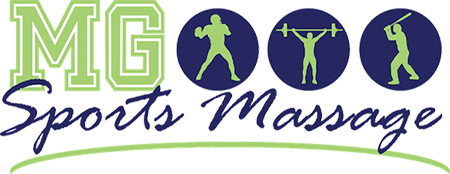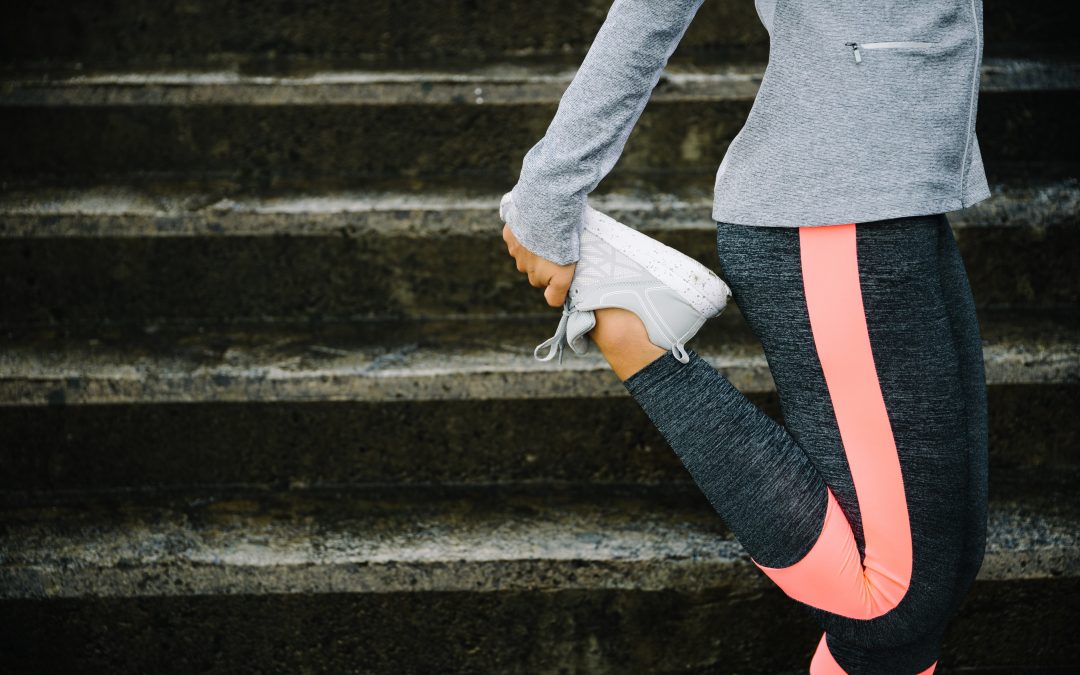(Originally posted July 26, 2018 — Updated July 29, 2020)
Let’s say you want to go for a run or hiking. A few minutes in, you start to slow down because your legs are getting sore. Why? You didn’t stretch first. There are different reasons people don’t stretch. Sometimes they forget, other times they don’t think it is necessary, and still other times they don’t do it because it is uncomfortable or hurts. But stretching does not have to be painful. Many have found success in their active-regimen with active isolated stretching.
What is Active Isolated Stretching?
Active Isolated Stretching (AIS) is a stretching program with 4 basic principles.
- Isolate the target muscle you want to stretch.
- Repeat each stretch 8-10 times.
- Only hold each stretch for two seconds – no more.
- Exhale during the stretch, and inhale during the release.
As AIS is repetitively performed, the person completing the stretches tries to extend their range of motion of the isolated muscle slowly. And because it has a dynamic/repetitive concept, it looks similar to strength training. It also lets you stretch the muscle when it’s in a state of maximized relaxation, allowing you to achieve a full range of motion.
Why Does Active Isolated Stretching Work?
This stretching technique works by contracting the opposing muscles. This sends signals to the brain to relax the other muscle, which provides an ideal situation to stretch it. Repeating the stretch so frequently increases the flow of blood and nutrients to the area – this gives the muscle the ability to recover more quickly. And when you only hold the stretch for 2 seconds, it keeps the myotatic stretch reflex from activating as well as overstretching the muscle. As an added bonus, it also aids in increasing range of motion.
The controlled breathing assists in increasing oxygen to the muscles. This lessens the buildup of lactic acid which contributes to the soreness in muscles. It also is a contributor to injuries.
Because AIS is what’s called “active” stretching (meaning the person stretching is performing the stretches using their own body parts rather than assistance), it causes reciprocal inhibition. This means that when one muscle contracts, another one relaxes. That is the perfect time to begin stretching the muscle to achieve optimal flexibility.
The Benefits of Active Isolated Stretching
- Neuromuscular re-education: AIS engages your muscles and brain in each movement and stretch. Each time you reach a new range of motion, you produce a new neural pathway.
- Increases flexibility: At some point, you tricked your body into believing that stretching was limited. That most likely happened after an injury or because that area was not as strong or flexible as it should be. The “reprogramming” that comes along with AIS helps get rid of any idea concerning your flexibility.
- Stress relief: The contraction of muscles is often caused by stress. This stress puts extra tension on your body, so it’s important to relieve the stress. Like other forms of exercise and massage, AIS triggers endorphins which helps improve your mood and state of mind.
- Pain relief: In combination with massage therapy, active isolated stretching can bring quick pain relief to areas like your neck, shoulders, and back. Due to sedentary jobs and a lack of proper instruction, most of us have poor posture. This often results in pain and discomfort as we try to overcompensate for our imbalances.
- Increased blood circulation: Stretching of any kind helps the circulatory system. This increases the amount of blood and oxygen your soft tissue and organs receive. If you’re suffering from water retention, swelling, or poor circulation, stretching techniques will help your condition improve.
AIS Stretch Therapy Benefits
You will benefit from Active Isolated Stretching the most when you notice you have particularly tight muscles like your hamstrings or the ones in your back.
Blood circulation is in its prime in late afternoon and evening, so this is the best time of day to practice this stretching technique. AIS is also best before any intense stretching sessions or vigorous exercising such as running or yoga. When you practice these exercises before a workout, it allows blood flow to increase, lowering your chances of muscle strains and tears.
In combination with massage therapy, active isolated stretching can help you bounce back to peak performance as well as expand your range of motion.
AIS Stretch Therapy with MG Sports Massage
If you want to see more results from your stretching routine, talk to your MG Sports Massage therapist about active isolated stretching techniques to add to your exercise plan. We can also add them to your regular sports massage sessions for added performance.
Contact us today to learn more about how we can help you add AIS to your athletic routine!

